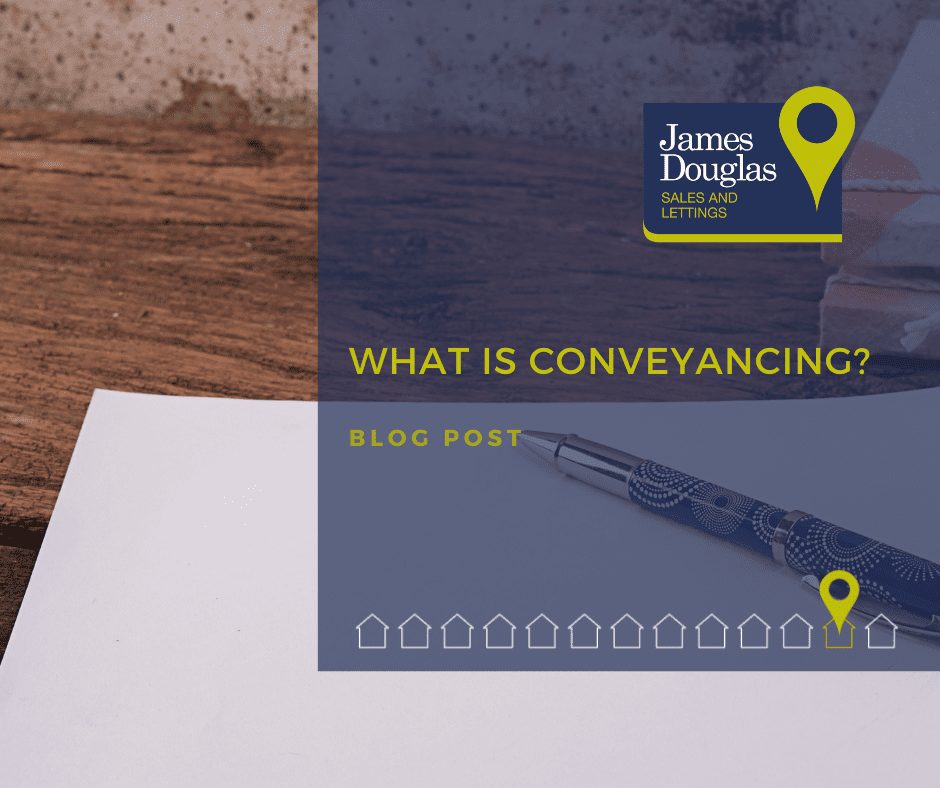What is Conveyancing?
Conveyancing is the legal process that is required in the sale, purchase or remortgaging of a property. It can either be completed by a solicitor or a certified conveyancer with most good estate agents having a preferred person to work with. Here we will go over the importance of having a conveyancer for your property sale, what the conveyance process entails, and what costs are associated with it.
Why do I need a conveyancer?
The process of changing property ownership requires a large amount of legal work to complete. Whilst you don’t legally require a licensed conveyancer to sell your house, the amount of legal responsibilities you would need to take on, it would be strongly advised to appoint a professional. It is common practice for estate agents to offer to do the conveyance as part of their sales package.
The process of conveyancing
Step 1. Have an offer accepted on a property.
Step 2. Instruct your chosen solicitor/conveyancer
Step 3. Complete all the initial paperwork the conveyancer sends you, and send back requested ID documentation along with proof of funds
Step 4. The vendors solicitor will issue a draft contract to your solicitor/conveyancer
Step 5. Searches are applied for
Step 6. Enquiries are raised
Step 7. Your financial advisor will submit your mortgage application
Step 8. The lender will instruct a survey of the property
Step 9. Once the lender is satisfied they will release a mortgage offer to you and your conveyancer
Step 10. Once searches are back, enquiries answered and the mortgage offer received, your solicitor will send you a report and paperwork to sign and return, these documents cannot be witnessed by family members or a partner.
Step 11. Your conveyancer will agree an exchange date with the vendor’s conveyancer and ask you for your deposit and all other outstanding fees which will need to be paid before exchange takes place (this includes the Land Tax transaction fees where applicable)
Step 12. You will be asked to take out buildings insurance to start on the day of exchange
Step 13. Your conveyancer will speak to you on the day of exchange to confirm you still want to go ahead with the purchase,.once confirmed, exchange will take place, a fixed completion date will be agreed. This is then a legally binding transaction.
Step 14. On the day of completion your solicitor will let you know once the vendors solicitor has received the funds and you can collect your keys.
The costs
A buyer and a seller would each incur a cost for their own conveyancer during this process.
Which? has put together a list of all the costs associated with the conveyance process here;
| Items | Fees | Buyer pays | Seller pays |
| Conveyancing fees | £400 – £1,500 | ✔ | ✔ |
| Additional cost for Help to Buy if applicable | £200 – £300 | ✔ | |
| Land charges bankruptcy search | £4 | ✔ | |
| Land Registry fee | £20 – £910 | ✔ | |
| Additional cost for leasehold property | £100 – £300 | ✔ | ✔ |
| Official copy of title deed | £4 – £12 | ✔ | |
| Searches | £200 – £400 | ✔ | |
| Bank transfer fee | £25 – £50 | ✔ |
If you are a homeowner and are considering selling your property you can see how much its worth with our free valuation calculator. And then when you are ready, you can contact us here.

